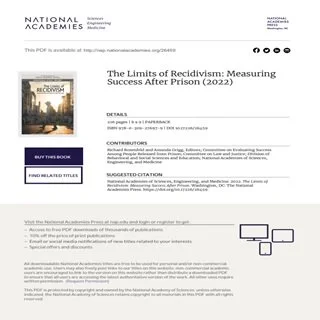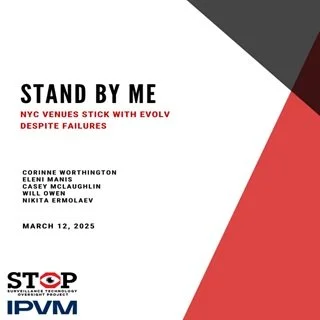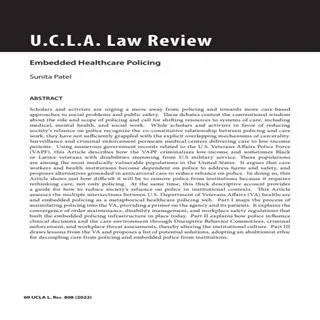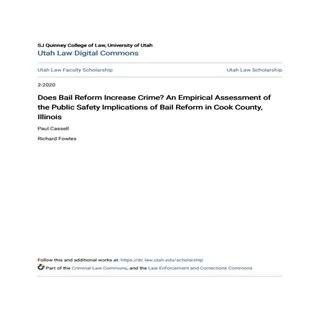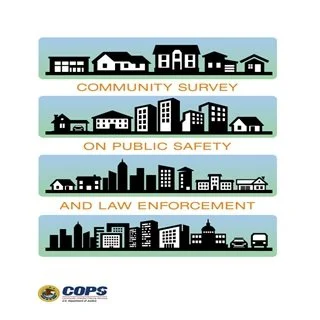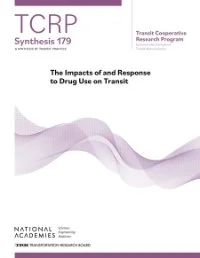By CTEC Staff
Local government officials experience increasingly high rates of threats and harassment, while lacking guidance about which threats amount to constitutionally protected political speech and which threats may justify legal action. This executive summary provides a brief overview of the two requirements for speech to constitute a “true threat,” at which point it is no longer protected by the First Amendment. The remainder of the document contains a detailed summary of these requirements, including case citations, and examples of relevant cases.
A threat may merit legal action when:
1. It is a threat to commit an act of unlawful violence, and
2. The speaker or writer acts with reckless disregard, i.e., “the speaker is aware that others could regard his statements as threatening violence and delivers them anyway.”
First criteria: threat to commit unlawful violence
An explicit threat to commit an act that is both illegal and violent is likely sufficient.
Symbolic speech such as cross burning may be sufficient, but it depends on the context and the history of the use of such symbols.
Second criteria: speaker intent
Courts have extensively debated the intent requirement, and future Supreme Court cases may alter the standard.
Currently, the standard is recklessness: The speaker must have acted with reckless disregard for the threatening nature of their speech.
The speaker must have been “aware that others could understand their statements as threatening violence, and delivers them anyway.”
“Political hyperbole” does not lose constitutional protection (see below for example).
A speaker does not have to intend to carry the threat out.
Threatening speech that does not show sufficient intent can still be removed from public spaces such as social media platforms, public forums, etc.
Indirect threats may be sufficient to qualify as true threats.
Speech that does not qualify as a criminal threat under state statutes may still be sufficient to justify civil action such as protective orders against individuals, or other civil remedies such as civil assault claims.
This document is not intended to provide guidance as to what kinds of threats are credible, i.e., likely to be acted on by the speaker or their allies and therefore deserving of law enforcement scrutiny. Threats that fall outside the boundaries of “true threats” under the First Amendment may still warrant law enforcement attention and should be reported. Threats should quickly be reported to allow the relevant law enforcement agency to determine whether it meets the threshold for further action, especially if an individual is concerned about personal safety. Reporting subthreshold or edge-case threats also allows law enforcement to track and evaluate cumulative behavior, provide context for other actions, and allow for investigation of the speaker’s mental state. For guidance on threat assessment, please see resources in footnote, as featured in the PDF upload.
Monterey CA: Center on Terrorism, Extremism and Counterterrorism, Middlebury Institute of International Studies. 2024. 8p.


